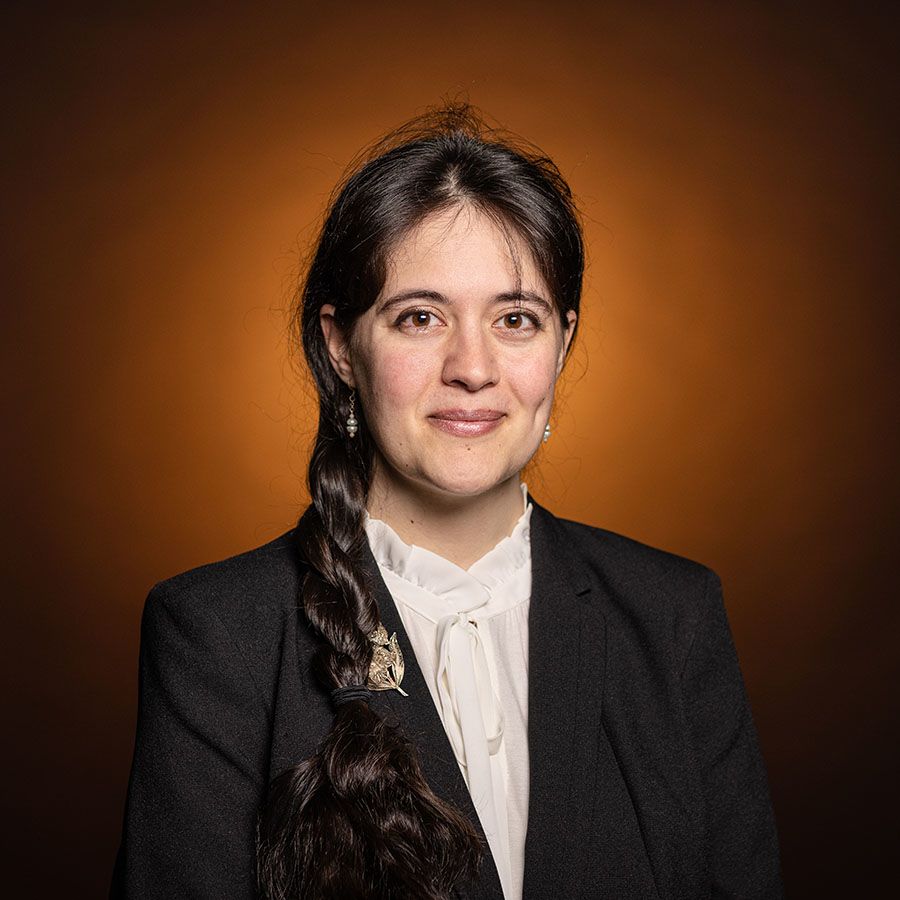Dealing with disaster: Could COVID-19 improve the ways we do research?
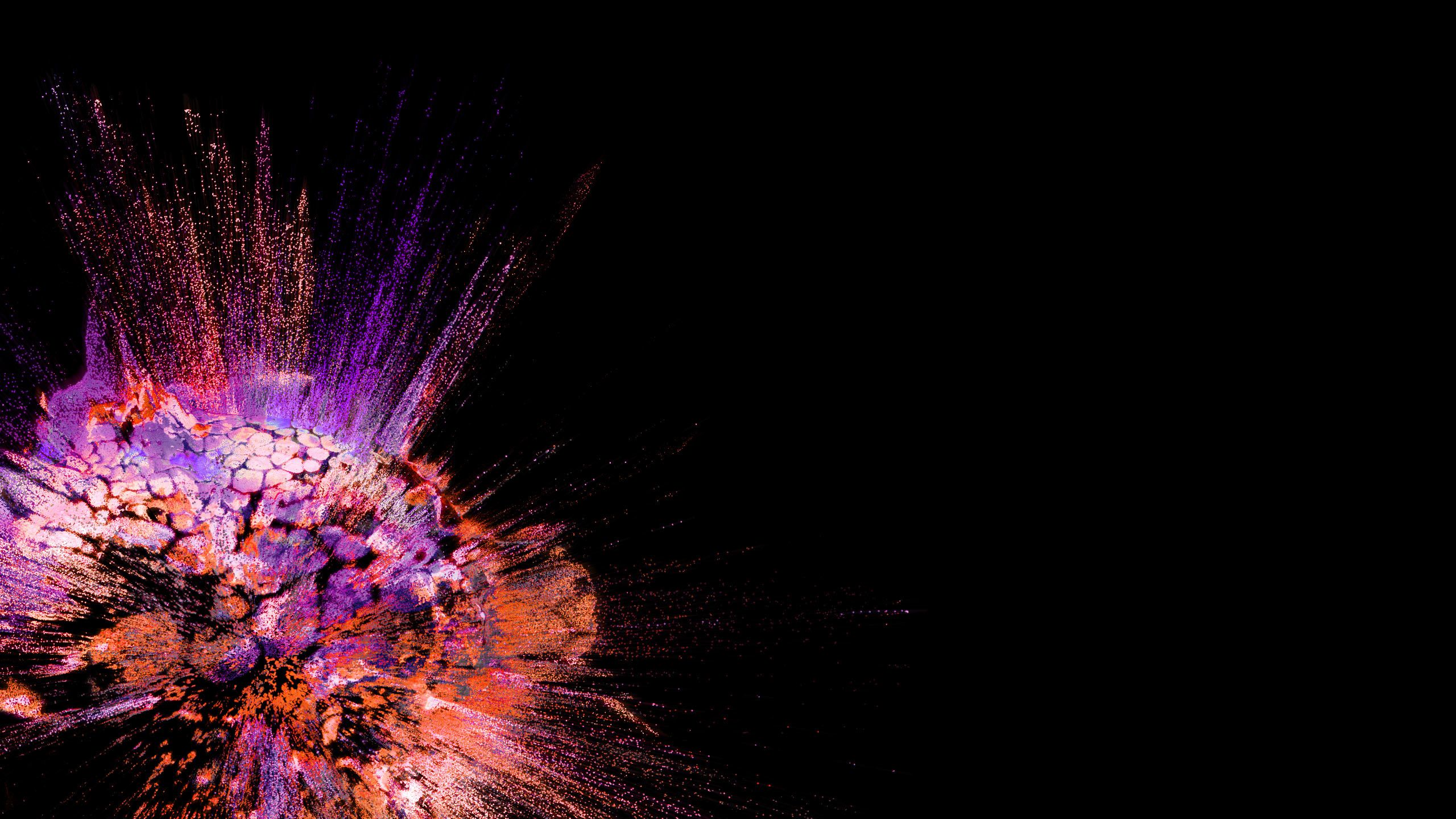
In March 2020, COVID-19 changed the world. The pandemic fundamentally altered our actions, behaviours and values – and continues to do so. Luba Pirgova-Morgan has talked to researchers working with international partners about how pandemic restrictions forced them to change the way they work. What can we take forward from their creative responses?
COVID-19 is the largest pandemic we’ve lived through since we became so globally interconnected by technology. On the one hand, it has further highlighted the fragilities of our existing systems, challenged our values and beliefs, and made global inequalities even more visible.
Yet, on the other, COVID-19 has presented researchers with unexpected opportunities for cementing existing partnerships, building bridges between institutions, and developing new connections. One thing is certain – our world will never be the same.
I’ve a longstanding interest in new approaches to designing research projects. I’m intrigued by the creative ways in which research practitioners and communities have adapted to the extraordinary challenges of working through COVID-19. So I was delighted when I was asked to examine the impact of COVID-19 on research as part of my work in the PRAXIS project at the University of Leeds.
PRAXIS champions the distinctive contribution arts and humanities can make to tackling urgent global development projects. Researchers work in partnership with projects and communities based in the Global South. I’ve been speaking to these researchers about how the pandemic transformed both those international relationships and the ways projects worked on the ground.
But I’m also interested in the bigger picture, especially around inequalities and climate justice. What can we learn from the COVID-19 experience to help us cope with future disasters – and change our general research practice for the better?
Time to stand together
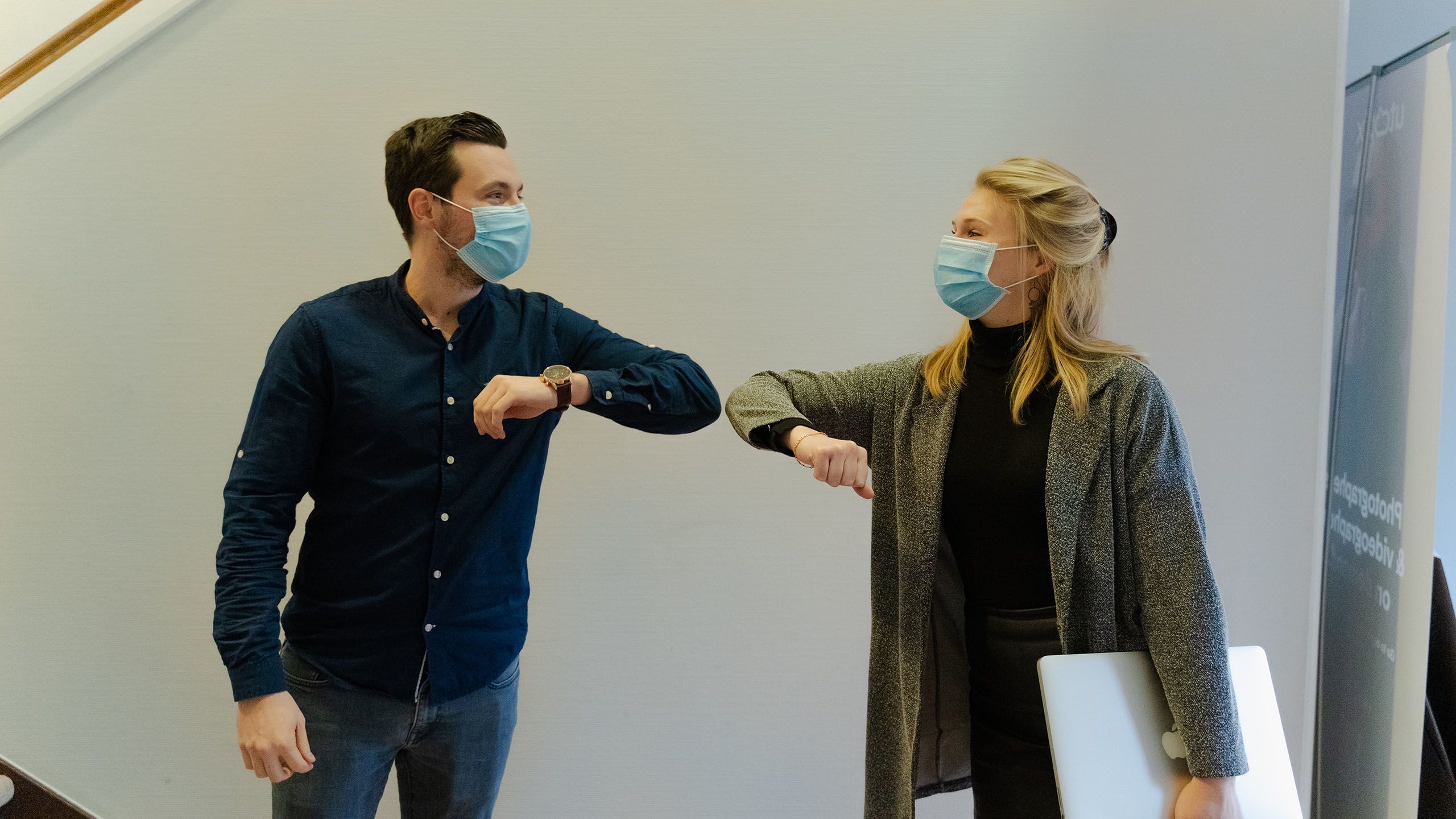
When the first lockdowns came, many of us thought they would last for a few weeks. However, as the numbers of those infected and dying grew, it became apparent that closing down might be the only way to protect the vulnerable until the development of a vaccine or cure.
A dystopian narrative took over the media – and over our minds. Our world shrank to the size of our home and the few paths nearby where we were permitted to walk.
COVID-19 lockdown restrictions meant that many of the projects I looked at were unable to carry out their original plans for engaging with communities and other partners.
One of the main challenges was the ‘digital divide’ between the Global North, where most of the researchers are, and the Global South, where most project partners are. As pandemic restrictions forced all communication online, the Global South – with fewer technological resources and less online access – was at a disadvantage.
This put partnerships at risk. Online communication made team-building within projects difficult. It also affected projects’ ability to build relationships with partners or communities. My respondents talked about their concerns around delay, loss of momentum, stress, mental health and wellbeing, and the extra time that needed adding to projects.
And yet, amidst the division caused by the pandemic, there was also much positivity and creativity. Researchers pointed to innovative methods they’d found to connect with partners and participants. They tried to focus on positives, like ability, opportunity, and availability for engagement.
“Researchers empowered partners in ways not often seen pre-pandemic”
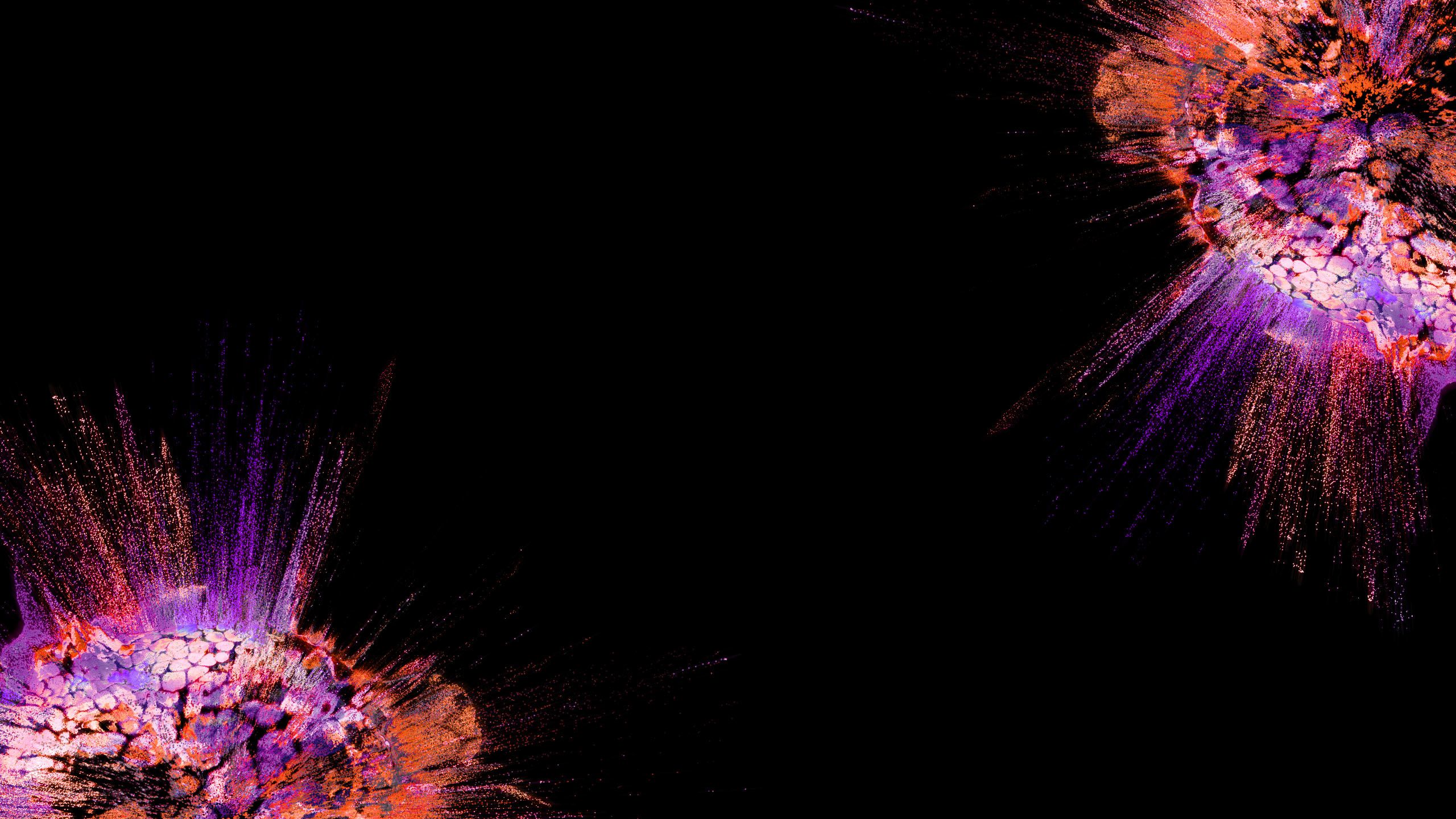
The picture wasn’t straightforward. On the one hand, the ‘relaxed dialogue’ and ‘informal communication’ of online encounters could diminish networking. On the other, those same features offered an opportunity to re-evaluate roles and build new partnerships.
Redesigning research around remote forms of interaction often led to digital/technological innovations, such as engaging more visually with communities.
These new ways of doing research meant researchers could empower project partners in ways that weren’t often seen pre-pandemic. Researchers often commented that both the frequency and type of communication within their project had improved to reflect what their partners needed. Some said they’d seen more ‘alternative thinking’ on how to best engage partners during the upheaval caused by the pandemic.
For example, projects reorganised when, where and how meetings should take place. They considered more carefully who received invitations to participate and in what way. They thought about what kind of event would most suit the intended audience. And they were also mindful that online communication opened up opportunities for reaching individuals and groups that may have been excluded before. One researcher told me:
“Our workshops which would have been held in-country are now running online and therefore we are able to engage a much wider audience, including in other [similar] countries. Our collaborative work as a project team has been strengthened in some ways, in the face of the challenges.”
Researchers were clearly considering the problems around digital access very carefully. They attempted to mitigate its negative effects as part of their overall ambition to address issues of inequality, exclusion and marginalisation of vulnerable groups.
“I feel it is very important to highlight the inequalities that are exposed by a move online – women, children, the marginalised in general, impoverished communities … and rural areas have less access to the means to simply participate online. Electricity, cash to buy data, access to WiFi, access to hardware are all barriers.”
Passing power to partners
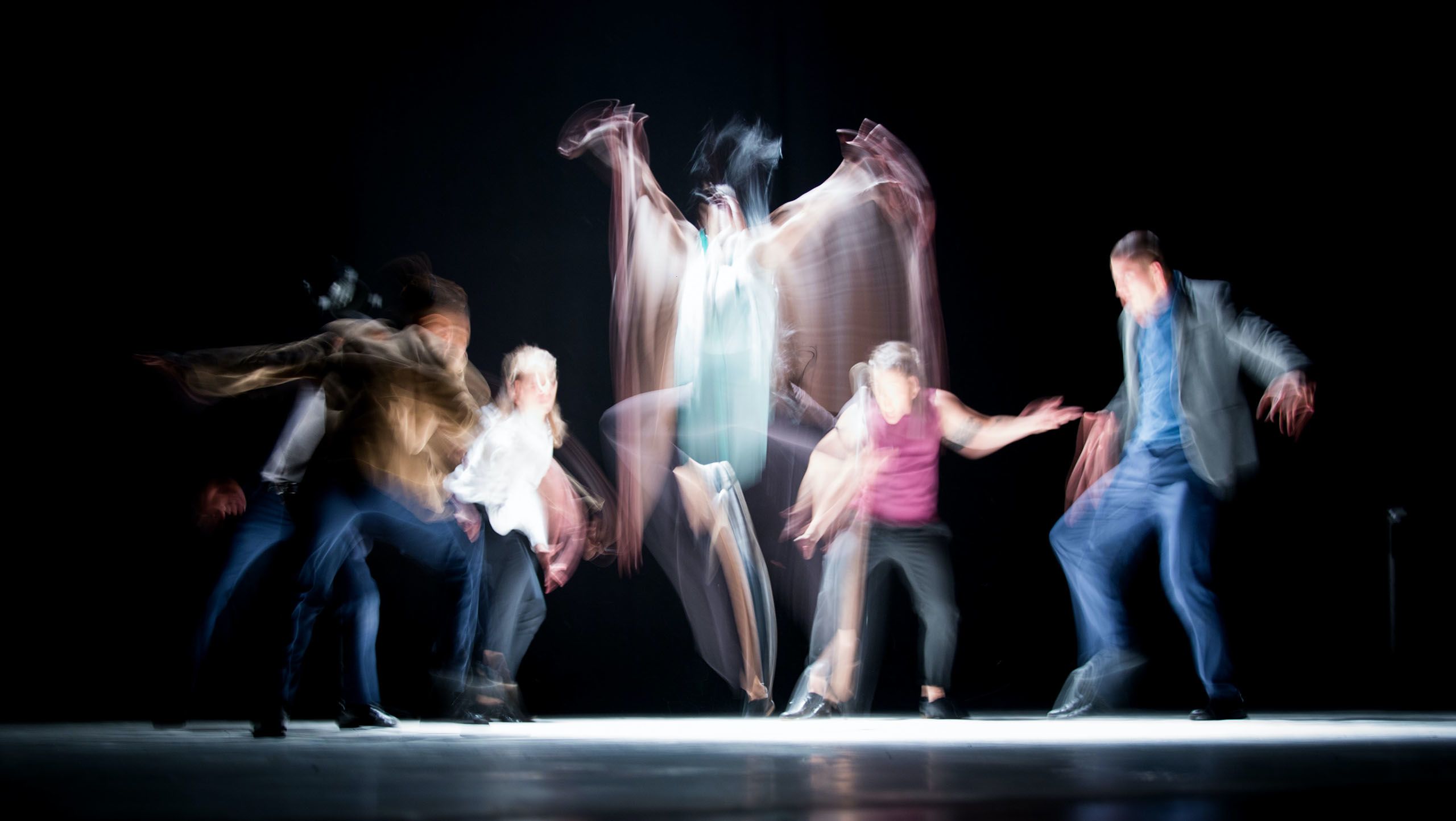
Under COVID-19 pressures, many projects granted their local partners more autonomy. Such a shift might sound simple. In fact, it demands building new forms of trust with partners: partners need access to technology, data, and the inner workings of the project; knowledge and skills have to be transferred.
Project coordinators had to acknowledge the new perspectives that could emerge through these collaborations. Often the project had to be redesigned in the light of these.
Local partners gathered and analysed data, for example, or produced independent outputs such as site-specific exhibitions and art, songs and poems, dances and theatre performances. Sometimes this could shift the entire dynamic of a project.
“As we cannot visit partners, we’ve had to learn to let go of control in very practical ways (instead of just talking about this) … [we] realised things still happen, although sometimes in a different way and with different results from what was planned.”
The term ‘adaptation’ came up again and again. Transforming the role of partners meant that projects had to get better at managing their resources. This might mean re-evaluating the project’s assets and rethinking how to best make use of partners’ own resources in the changing context.
“One of the things that we did was we’ve funded childcare, which went down really, really well.”
While the roles of partners might change, this didn’t always mean that hierarchies within the project did. As a rule, the same people stayed in charge of the money. For many projects the focus was on finding ways of keeping partnerships stable.
The climate justice debate
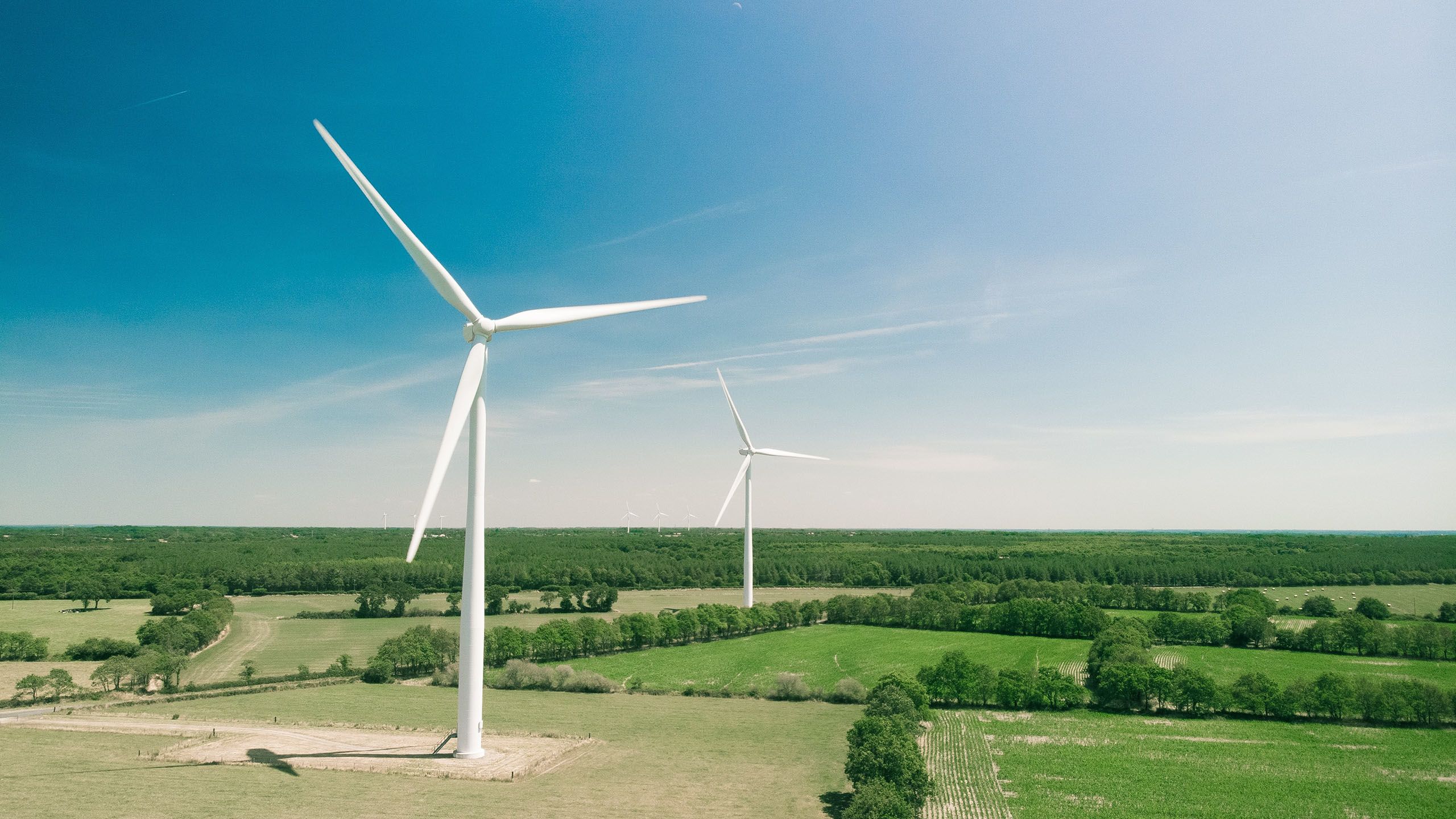
As one researcher said, COVID-19 highlighted “the general environmental harm from the dominant agri-industrial system”. The reduction in flights, printing, and road travel brought about by lockdowns did at least reduce carbon emissions. One attraction of online networking, of course, is the perception that it’s both easier to organise than physical meetings and more environmentally sustainable.
Researchers were very conscious of tensions between their desire to travel for fieldwork and their awareness of how damaging this is in environmental terms. They also recognised that those in the well-resourced Global North and those in much less privileged positions from the Global South don’t have equal access to travel. There was some frustration with those who continue to view travel as their ‘right’.
Many researchers were looking for alternative approaches that would be more reflective of genuine climate justice. COVID-19 travel restrictions meant projects had to come up with and try out alternatives, and this was food for thought.
“I genuinely believe that around field work, and students, and climate change we need to rethink. … I would hope that [our students] could be a generation who should be able to still travel … but it would be a longer term engagement than the two weeks field trip somewhere. Our students are very, very passionate about and well versed on climate change issues, but they still do want to go places, … through the course of a four-year degree, they can think more carefully about how they go and why … responsible research is important and the intercultural exchange within that is really important.”
But the disproportionate impact of COVID-19 on poorer, marginalised communities in the Global South was stark. When COVID-19 first emerged as a global threat there was a clear difference in the ability to respond between those from the Global North and those from the Global South. These responses reflect differences in resources and health infrastructure, as well as other social, economic, political and cultural factors.
Later, researchers were very conscious that access to vaccines was not equal between countries. Such inequalities only brought home the difficulties of achieving a zero-carbon global economy.
Many were seeking approaches that would reflect genuine climate justice”
Trying out new ways of working
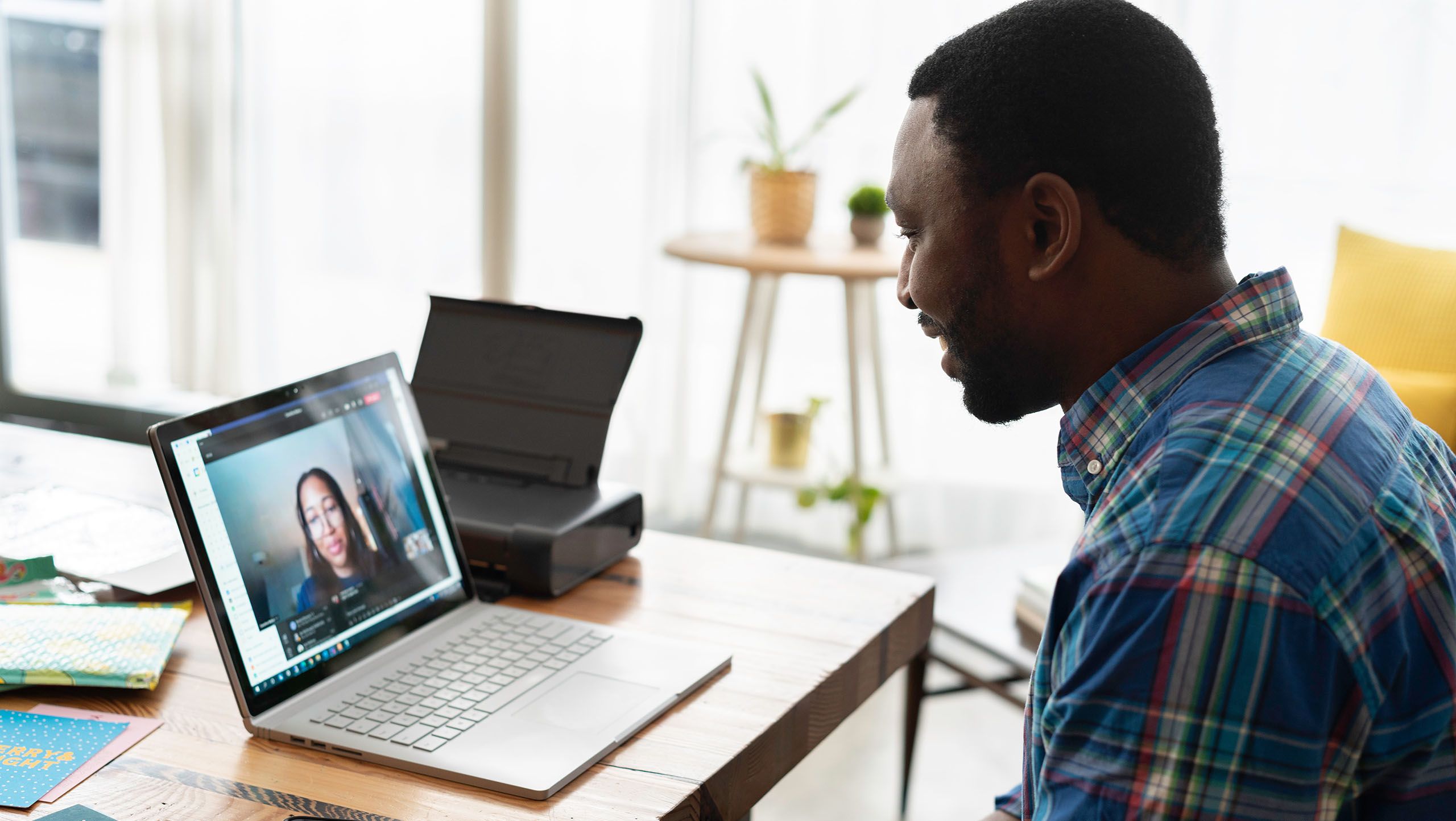
Many research projects are already incorporating climate issues into their research projects. But the pandemic provided a space for exploring alternative ways of doing things, ways that are more carbon-conscious.
Some projects began to incorporate climate change and climate justice as topics for consideration. Some were even able to make their projects zero-carbon.
Digital technologies were used as research tools in new ways: many projects made use of WhatsApp – widespread and popular in the Global South – to gather data, for example. Other projects returned to pre-internet approaches as a way to include digitally excluded groups – through oral histories, stories and songs.
Such alternative methodologies and perspectives could make research practice more inclusive. But my interviewees raised concerns over data quality, getting informed consent and protecting sources, particularly where social media platforms were being used for the first time. And importantly, there were questions about whose data was being collected and considered.
If the future of research practice is only digital, there’s a danger not only that data quality will suffer but that it may no longer be representative of the very people that should be the focus of our research.
So what now?
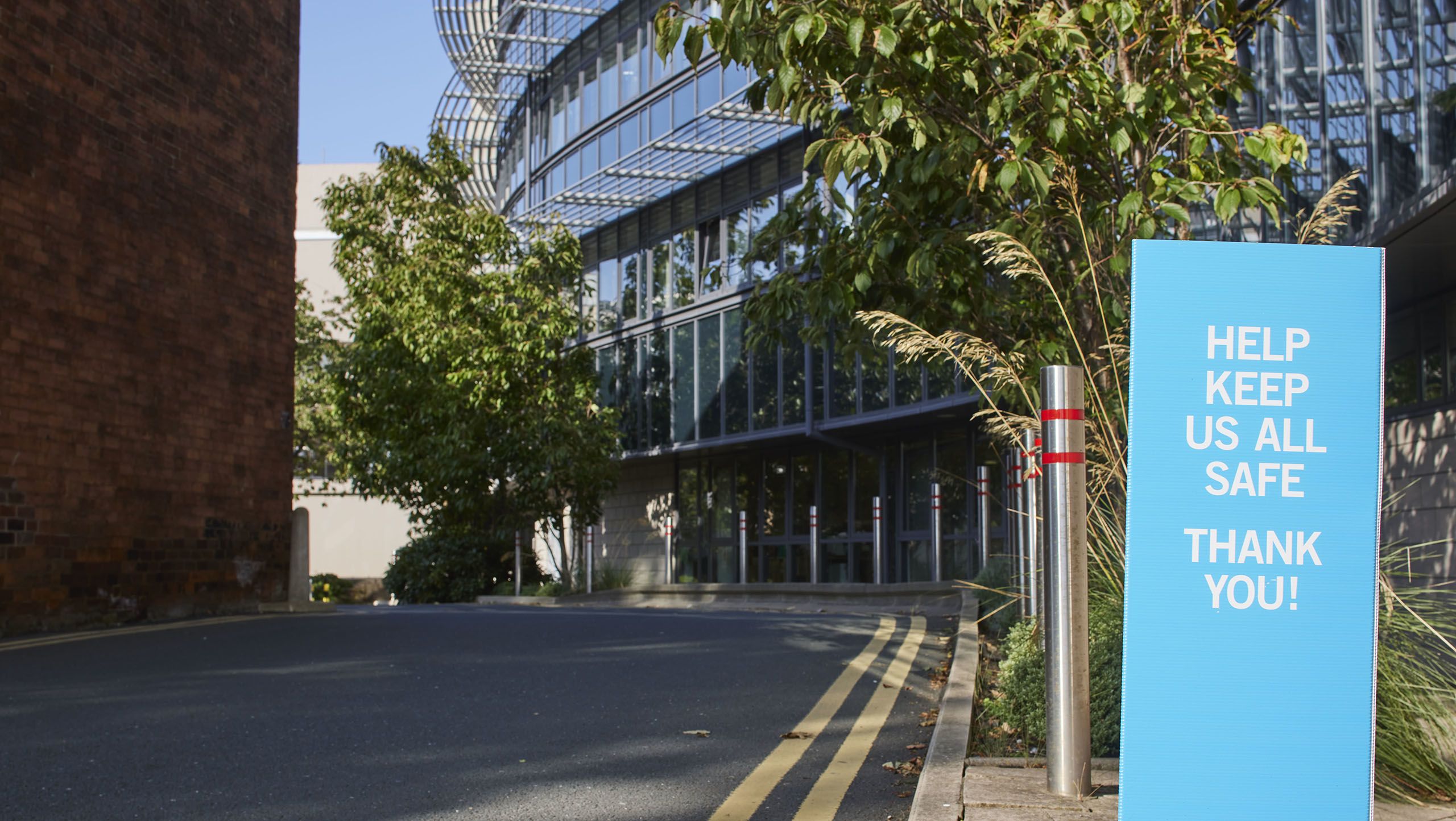
One of the main lessons from the COVID-19 pandemic, I think, is around the concept of ‘power’. Where is the power in a project? Who is engaged in power relations and how has the pandemic impacted those power dynamics?
In many of these projects, the power dynamics shifted because project coordinators could not travel to the project sites. More power and ownership over the project was given to local researchers and partners. That in turn opened up new possibilities, alternative perspectives, and shifts towards more sustainable and resilient research design.
“I hope with how we see relationships, that it has to be a long-term commitment. It’s not just a ‘do not travel’, it’s not all ‘look we’re doing this because we’re carbon neutral and we’re good’. It’s actually about giving space for different types of relationships of equity, to really be that, rather than just something you put on the proposal.”
Because of their experiences during COVID‐19, many researchers I spoke to argued that funding applications should change. They wanted to see partners, especially those acting as co-investigators, allowed to draw on different qualifications and to include lived experience as equivalent to having a formal university qualification.
Technology made possible new ways of working, such as working from home, while also often reaching a wider audience. Many researchers said that moving to virtual events meant they could reach more and different communities.
But online working did demand greater effort in establishing trust. Often intermediaries were needed to ensure smooth communication with research partners. And there remain the challenges faced by populations in the Global South whose online access is inconsistent or non‐existent.
Through force of circumstance, researchers came to the realisation that they don’t have to travel in order to achieve their project goals. Alternative ways of gathering data don’t necessarily rely on travelling but rather on building reliable partner networks.
Many researchers have concluded that travel should be considered more carefully, especially how long visits last and prioritising those that are essential. Post‐COVID-19, travelling for a single afternoon meeting might seem irresponsible and unnecessary, while extending time spent at a field site for data collection might be seen as a better use of time and resources.
Overall, however, my respondents did still favour a mixed approach to travelling in a post‐pandemic world: reducing travel as a climate‐aware response, while continuing to travel where necessary. One respondent summed it up: “It is important to have the right balance”.
“More ownership was given to local partners. That opened up new possibilities”
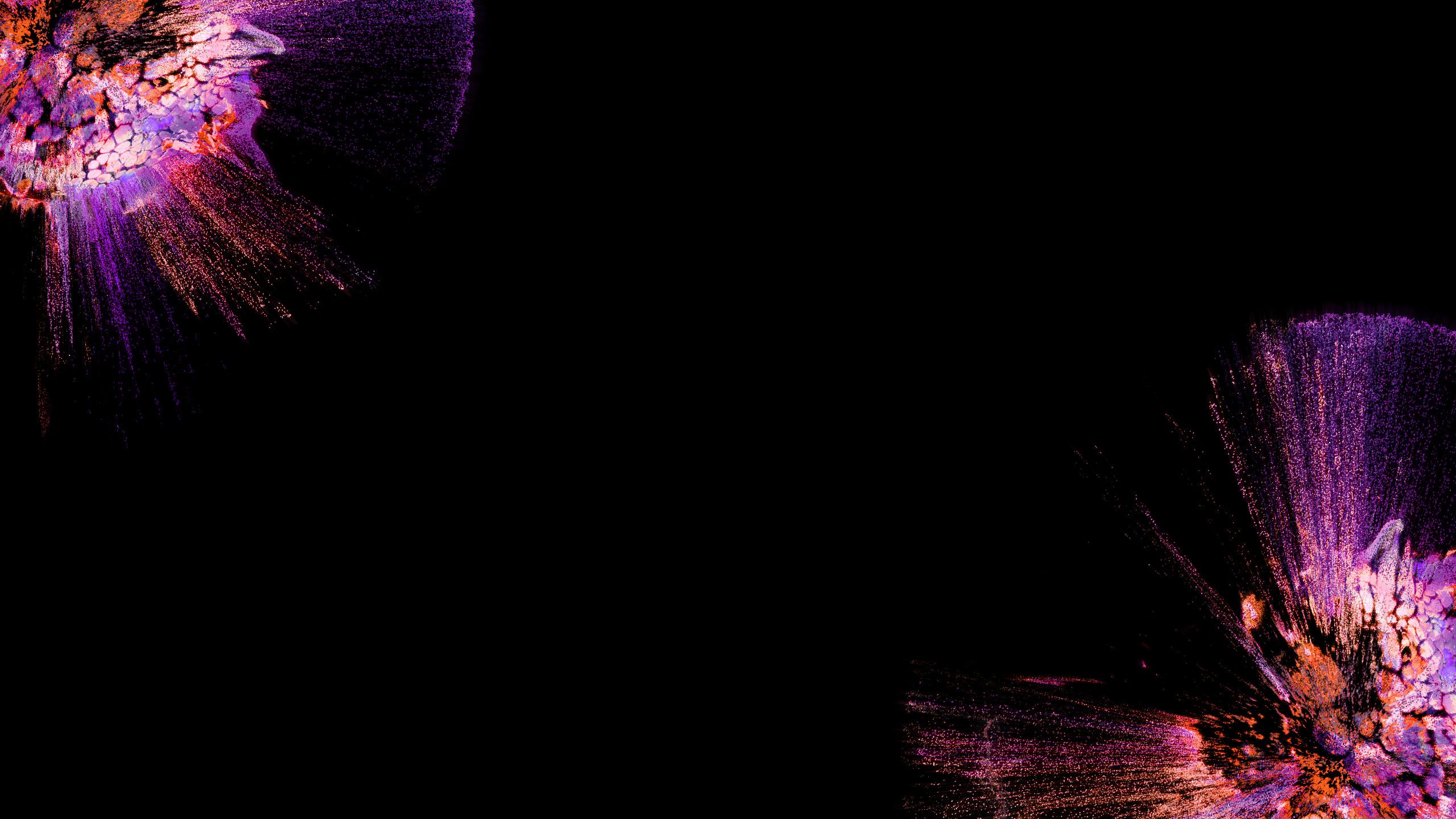
Moving online – with new ways of collecting, analysing and disseminating data – may well require different or more flexible ethical frameworks for undertaking research.
Researchers suggested these will need to reflect the implications of online platforms for communication, sharing and transferring information and of the different applications that might be used.
One thing is clear. There is now a widespread acceptance that external factors can cause plans to change, research processes to change and expectations and outcomes to change.
Researchers I talked to felt that research applications should ask for contingency plans for each project. This would cover written alternatives as part of the project design. But it would also be about encouraging researchers to have open mindsets that could be adaptable to unforeseen circumstances.
“I suspect my experience is like that of most others. The pandemic has greatly complicated a research collaboration – but has also opened up ways to make it more effective and creative, and possibly even more balanced. I suspect we all still have a lot to learn about how to make the best of these new opportunities and challenges.”
Here at Leeds, the ambition is to be at the centre of a global research and innovation community. We want to build strong networks and partnerships with other institutions – especially those in the Global South. Working internationally clearly brings challenges as the climate emergency deepens.
But from another crisis – the COVID-19 pandemic – we can draw lessons on blending local and global activity to transform how we work with our international partners. Working together, we can strengthen the potential of the wider academic community to effectively tackle the challenges that confront us all across the world.
While the COVID‐19 pandemic has affected us globally in unprecedented ways, it has also demonstrated our resilience and adaptability, from the values and resourcefulness of researchers to the emerging support and adaptability of research partners and communities.
The innovative ways that researchers have responded to this crisis are of benefit not only to the projects themselves, but also to the wider research community, now and for the future.
All quotes are taken from the PRAXIS Project: COVID-19 Strand Data.
